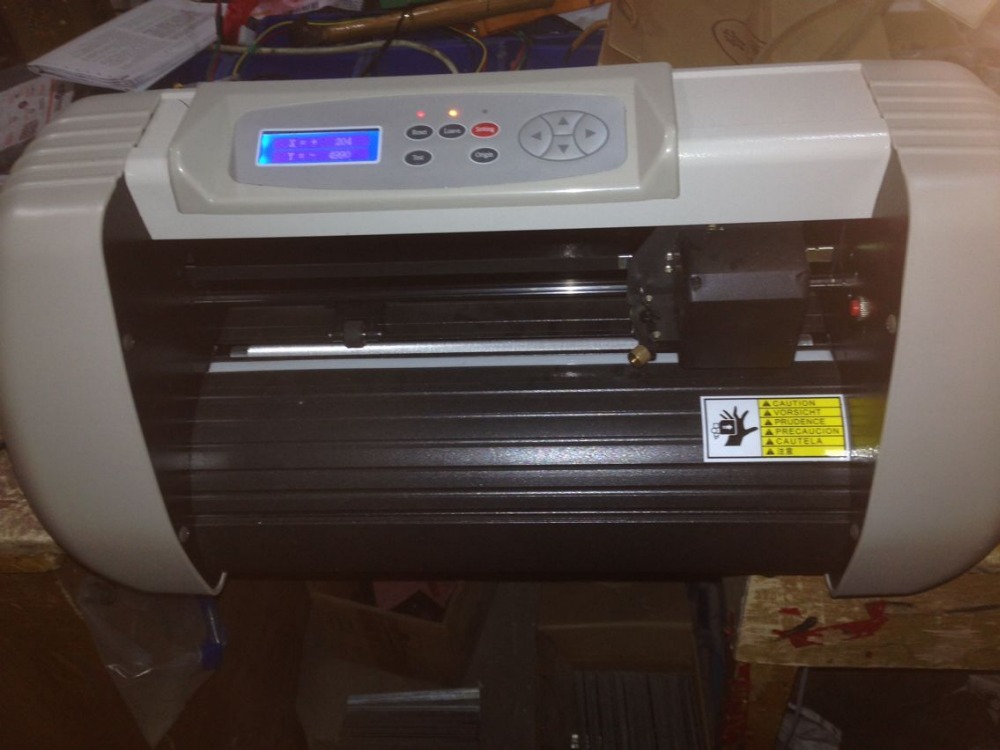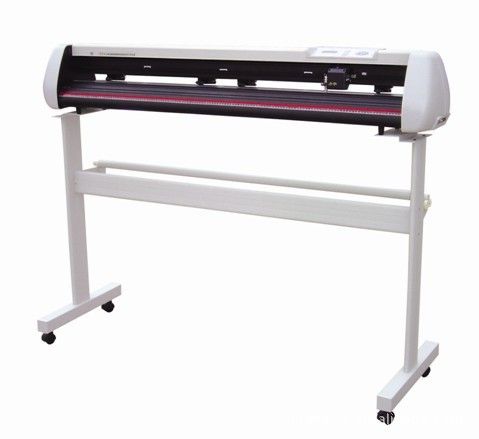

This process, along with an Inkscape tutorial on how to create images such as the flower, are fully described in my instructableOn receipt of a g-code XY co-ordinate, the 'master' arduino determines how much 'cord' each motor must 'pay-out', or 'reel-in', the direction each motor must turn, and the required delay-between-steps such that both motors start and stop at the same time.ĭepending on the geometry this change can be significant.The above diagram shows two motors, each at the top corner of a large square.If motor 1 releases 1 unit of cord when the pen is at the top left corner of the square the pen is able to move 1 unit along the top edge of the square to point A. It also simplifies the plotting algorithm as each 'motor' can have a different delay.G-code co-ordinates are sent to the plotter via a bluetooth link. This is a distinct advantage if your motors have short leads. 1Using two arduinos simplifies construction as there is no limit (other than the limits imposed by I2C) as to how far the motors may be spaced. A sloping line is obtained if the motors rotate at different speeds.


A vertical line is obtained if both motors rotate at the same speed for the same period of time. This instructable describes an experimental 'hanging plotter' that uses two 'Arduino Uno R3' microcontrollers each of which is connected to a stepping motor.


 0 kommentar(er)
0 kommentar(er)
